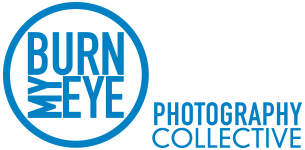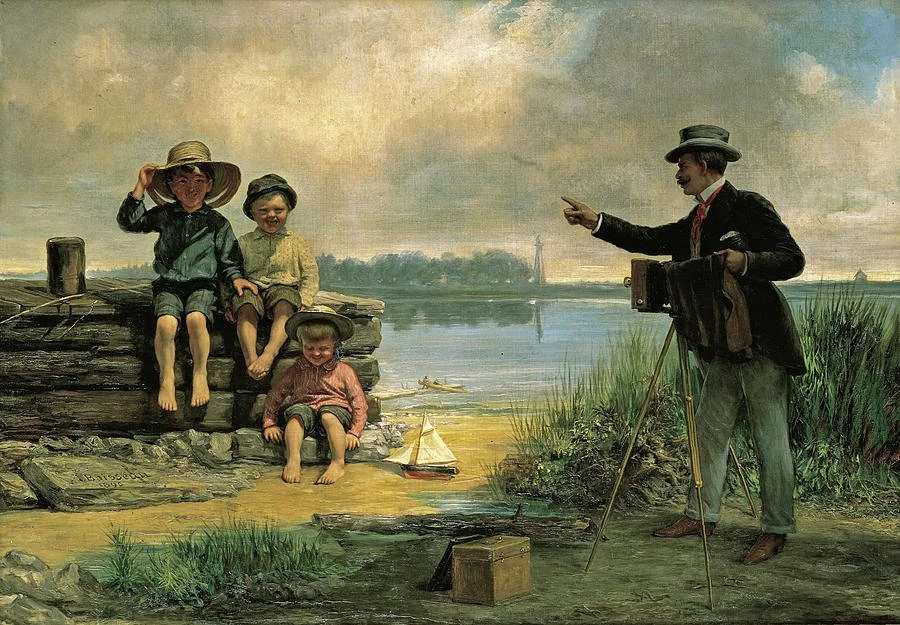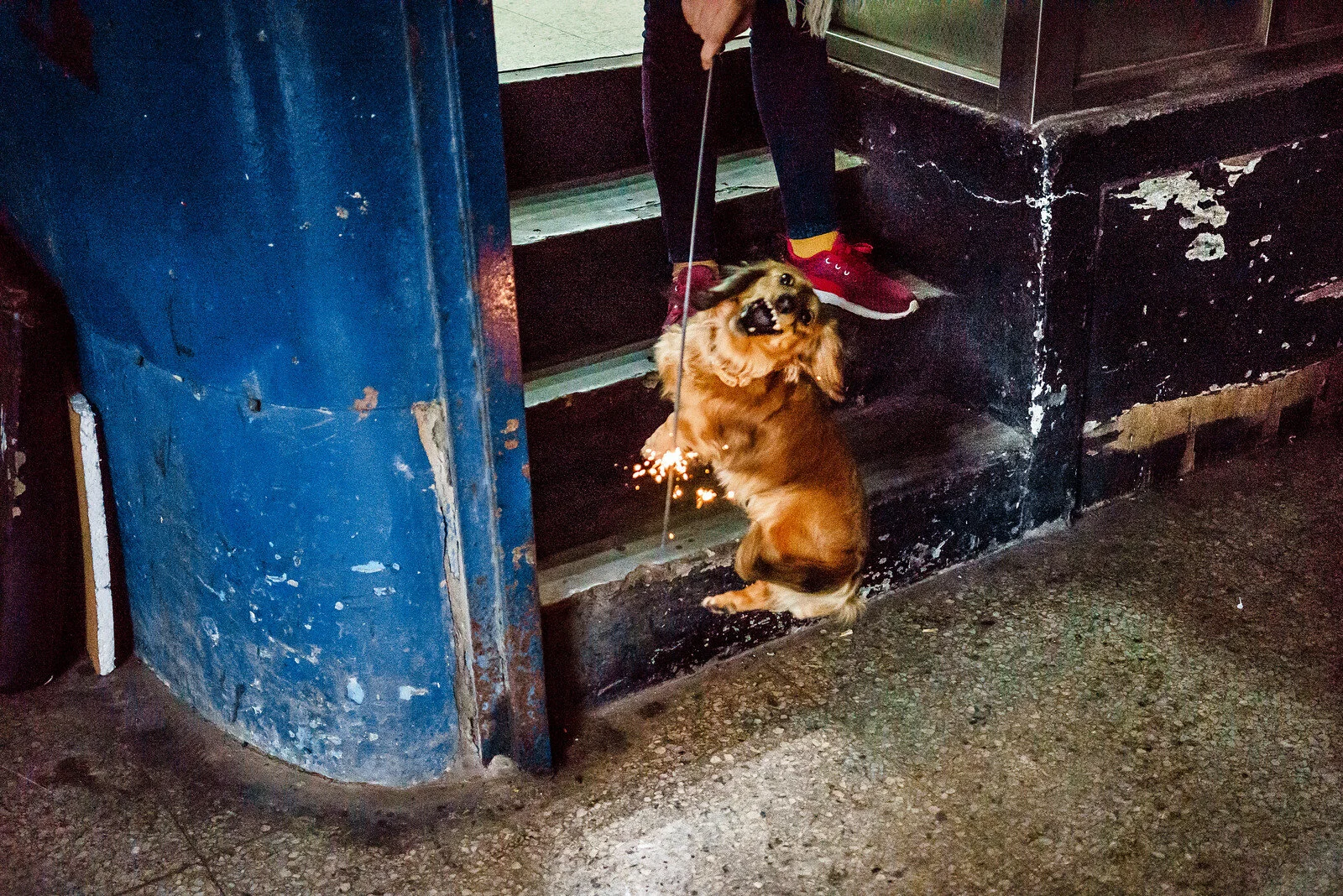Who are you?
Julie. I grew up in Prague, Czech Republic, and moved to The Netherlands with my parents when I was 10. Now I live in Amsterdam, I work as a photographer and a photo editor for a TV station.
What was the trigger, or inspiration, that led to your taking up photography?
A digital camera on the mobile phone when I was a teenager. I was taking a lot of photos, snapshots of friends / family, and on the streets. Also I was given a book about black and white street photography in Paris and looking back it inspired me to photograph more in public space.
What do you hope to communicate or describe with your work?
For me an image doesn’t have to clarify anything. I like to obscure things a little. When people ask me how my images came into being I’m hesitant to explain it because it could ruin the fun. Other times I see something and I capture it like it is or like I see it.
Has your relationship with photography changed over time, and if so how?
I don’t think it has changed. It has always been a method to memorise and capture moments. Seeing work from other photographers, it’s easier to recognise patterns and styles and to view my work in perspective. Photography is a mindset as well. Most photographers probably never stop to observe. I make my favourite images on vacations when I’m not ‘obliged’ to photograph. Moreover, I choose not to be a full-time photographer because I was afraid I would dislike something I love when it would become an obligation.
You curate StreetRepeat on Instagram. Tell us a little about it and how this came about.
StreetRepeat is an Instagram account I started in January. I feature three photos each time, by different photographers, with one mutual theme. This can be a visual similarity like ‘a red balloon instead of the head’, but also a thematic one like ‘a zombie in a lunch room’.
Street photography has been developing for a long time and it has become more popular in the last couple of years. It’s logical that photographers inspire and imitate each other, especially with the constant stream of images on platforms like Instagram. There are several visual tricks I often come across, but it doesn’t have to be a negative thing. And being photographers, we tend to like similar things that stand out in the public space. The key is to capture it in your own way and sometimes even that can be compared to something already made.
Has identifying similarity in street changed your views on street photography in general or how you approach and edit your own work?
Interesting question. Maybe a bit. I can spot some visual tricks in my photography as well and I’m sure I was inspired by images I’ve seen earlier. Other times I thought I’ve made something ‘original' and now, having found 5 similar photos, I know I haven’t. That’s the thing with the unconscious mind: seeing so much, we forget what we've seen earlier. So yes, I became slightly more hesitant and I often let go of a situation that would make another image of that kind. On the other hand it’s inevitable to make something that has already been made so it’s pointless to restrict ourselves too much.
Select a few of your photos and talk about how they came to be and how they reflect your working methods.
This is a selection of images that, I think, represents what I’m trying to do with photography. A bit of humour, a bit of obscurity and an animal here and there. People often ask questions: Where does the hand come from? What happened with her face? Did the dog and the couple manage to stay upright? Unclarity excites me and I hope to turn it into a more coherent theme in my work in the future.
If you like what you saw and want to view more photos of Julie go and follow her Instagram.





